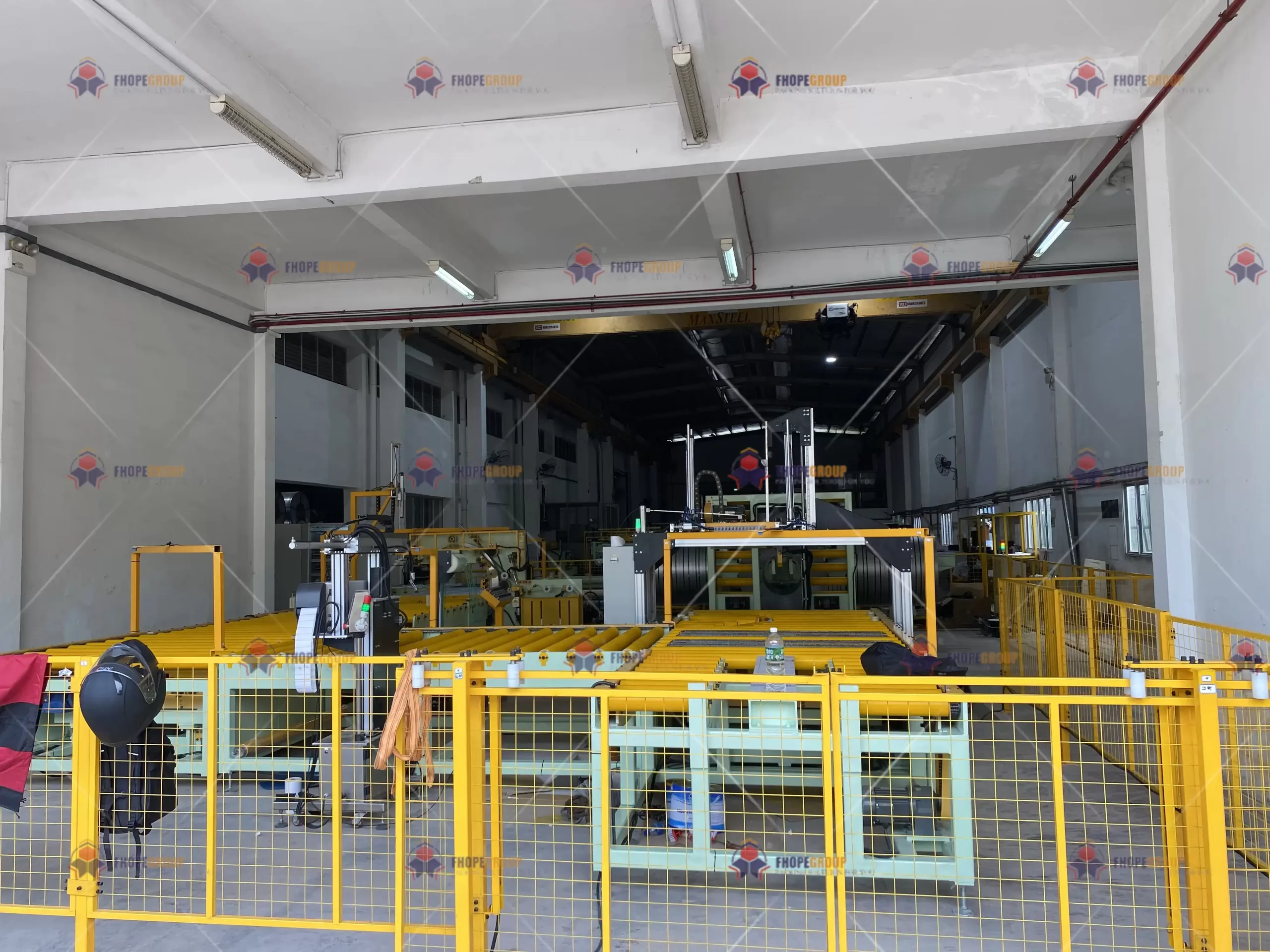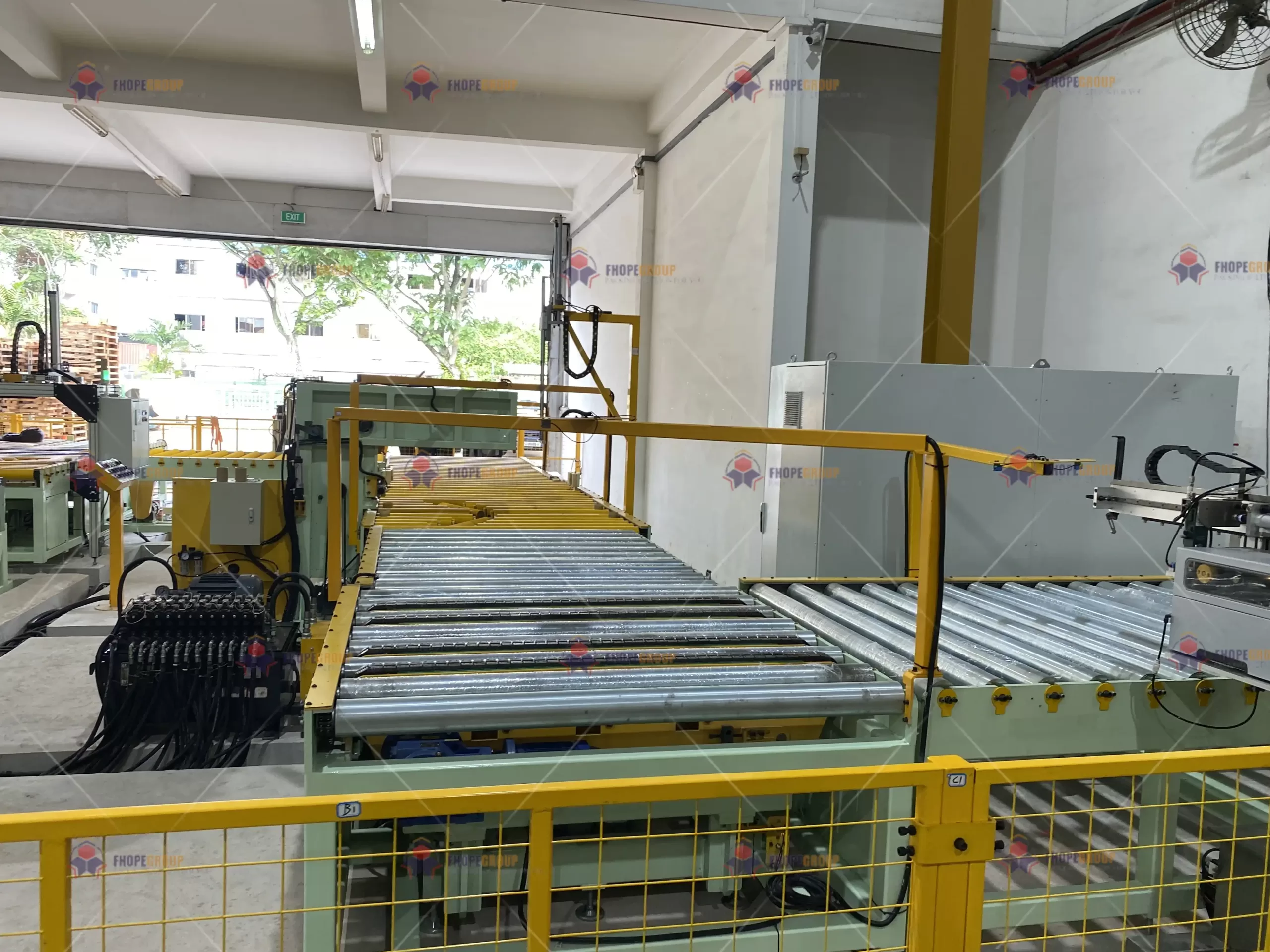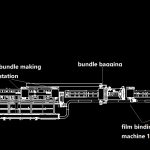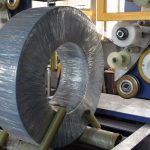Feature Comparison: Budget-Friendly vs. High-End Steel Coil Packing Systems
- Feature Comparison: Budget-Friendly vs. High-End Steel Coil Packing Systems
- Feature Comparison: Budget-Friendly vs. High-End Steel Coil Packing Systems
- 1. Initial Investment: Upfront Cost
- 2. Performance and Efficiency: Time is Money
- 3. Durability and Build Quality: A Long-Term Investment
- 4. Automation and Technological Integration: A Step Towards Smart Factories
- 5. Energy Efficiency and Sustainability: Green Manufacturing
- 6. Safety Features: Protecting Your Workforce
- 7. Customization and Flexibility: Tailored to Your Needs
- 8. Maintenance and Support: Downtime and Productivity
- 9. Long-Term Value: Calculating ROI
- 10. Scalability and Future-Proofing: Growing with Your Business
- Conclusion: Choosing the Right System for Your Business
- Feature Comparison: Budget-Friendly vs. High-End Steel Coil Packing Systems

Feature Comparison: Budget-Friendly vs. High-End Steel Coil Packing Systems
Steel coil packing systems are critical for industries like construction, automotive, and metalworking, where ensuring product protection and operational efficiency is paramount. These systems not only preserve the quality of the steel coils but also help streamline the packaging process, making logistics smoother. However, when investing in a packing system, businesses are often faced with the decision of whether to opt for a budget-friendly solution or to invest in a high-end system. In this comprehensive guide, we’ll explore the fundamental differences between these two options and help you make an informed decision.
1. Initial Investment: Upfront Cost
For many businesses, cost is the primary deciding factor. Budget-friendly steel coil packing systems come with a significantly lower initial price tag, which may appeal to smaller companies with tighter budgets or those new to the industry. However, while these machines may save you money upfront, their limitations can lead to higher long-term costs.
Consider the scenario of a small manufacturing company. They might choose a budget-friendly system to keep their initial investment low. But over time, the downtime caused by machine malfunctions or the additional labor costs associated with manual tasks may outweigh the initial savings.
In contrast, high-end steel coil packing systems come with a higher upfront cost but provide value in other ways. These systems are designed with advanced technology, premium materials, and optimized processes. While the initial investment may seem daunting, the long-term benefits—such as reduced labor, fewer repairs, and longer-lasting durability—can result in a lower total cost of ownership.
2. Performance and Efficiency: Time is Money
One of the key differences between budget-friendly and high-end systems is the performance and overall operational efficiency. High-end steel coil packing systems are engineered for optimal productivity, capable of handling high-volume operations with minimal manual intervention. This includes fully automated coil wrapping, strapping, and palletizing, which drastically reduces the time spent on each packaging cycle.
For instance, a large steel manufacturer might choose a high-end system to meet the demands of global shipments. With high-end automation, their production lines can wrap and secure thousands of coils per day without the risk of human error or inconsistencies.
On the other hand, budget-friendly systems might perform well for businesses with lower output requirements but may not be able to scale with the same ease. These systems often require more manual input—whether it’s adjusting settings or manually positioning coils for packaging. This means more time spent on each packaging cycle, which can add up over time, particularly in high-volume environments.
3. Durability and Build Quality: A Long-Term Investment
Durability is a crucial consideration for businesses that run 24/7 operations or handle heavy-duty loads. High-end packing systems are typically constructed from industrial-grade materials such as stainless steel, ensuring that they can endure the rigors of continuous operation in harsh environments. These machines are built to withstand not just the weight of the steel coils but also the repeated stress of handling large volumes over long periods.
For example, a manufacturer operating in a high-humidity or high-dust environment needs equipment that won’t rust or degrade quickly. High-end systems are often engineered with protective coatings and corrosion-resistant materials, making them more resilient.
In contrast, budget-friendly systems, while effective in less demanding environments, may not offer the same level of build quality. They are typically made from lighter or lower-cost materials that can wear out faster. For businesses that rely on continuous operation, frequent breakdowns and the resulting downtime can be a significant drawback, leading to higher maintenance and replacement costs over time.
4. Automation and Technological Integration: A Step Towards Smart Factories
In today’s competitive industrial landscape, automation is more than a luxury—it’s becoming a necessity. High-end steel coil packing systems often come equipped with state-of-the-art automation technologies that streamline operations. Features like automatic size detection, programmable settings, and integration with conveyor belts make these systems ideal for high-speed production lines.
These systems also often integrate with Industry 4.0 technologies, enabling real-time data monitoring, predictive maintenance, and better process optimization. For businesses looking to adopt smart factory principles, these high-end systems can provide a foundation for fully connected, automated operations that minimize human intervention.
Budget-friendly systems, on the other hand, tend to lack these advanced features. While some may offer semi-automation, many tasks still require manual adjustments. This not only slows down production but also increases the potential for human error. While these systems can be cost-effective for smaller or less automated operations, they may not be sufficient for companies aiming to scale up or modernize their processes.
5. Energy Efficiency and Sustainability: Green Manufacturing
Energy costs are an increasingly important factor for manufacturers, both from an economic and environmental perspective. High-end systems are often designed with energy-efficient motors and smart controls that reduce electricity consumption. This not only lowers operational costs but also aligns with sustainability goals that many businesses are pursuing today.
For example, high-end systems might include variable-speed drives that adjust power usage based on the load or task at hand. This type of system is particularly beneficial in countries or regions where energy costs are high or where there are government incentives for reducing energy consumption.
Budget-friendly systems, while functional, may not prioritize energy efficiency to the same degree. These machines can consume more power, leading to higher operational costs over time. In an era where environmental responsibility is becoming a competitive advantage, businesses may find that the additional upfront cost of an energy-efficient, high-end system pays off in the long run.

6. Safety Features: Protecting Your Workforce
In any industrial setting, safety is a top priority. High-end systems typically offer a range of advanced safety features designed to protect workers from injury. Features such as safety light curtains, emergency stop buttons, and automatic fault detection are standard on many high-end machines. These features not only keep workers safe but also help businesses comply with increasingly strict workplace safety regulations.
In the case of budget-friendly systems, while basic safety features are often present, they may not be as comprehensive or as reliable. For instance, these machines might lack automatic sensors that can detect a potential hazard and shut the system down before an accident occurs. For companies that prioritize worker safety and compliance, the added investment in high-end systems can provide significant peace of mind.
7. Customization and Flexibility: Tailored to Your Needs
One of the standout advantages of high-end systems is their ability to be customized to meet specific operational requirements. Whether your business handles different sizes of steel coils or requires specific wrapping patterns, high-end systems allow for programmable flexibility. This level of customization ensures that you can adapt the system to your unique needs, maximizing both efficiency and product protection.
For example, a business that handles coils of varying diameters may benefit from a high-end system that automatically adjusts its settings based on the size of the coil. This eliminates the need for manual recalibration, ensuring faster changeovers and more consistent results.
Budget-friendly systems, on the other hand, may offer limited customization. While they can still handle standard coils, they might not be able to accommodate unusual sizes or shapes without manual intervention. For businesses that require a more versatile solution, this can be a significant limitation.
8. Maintenance and Support: Downtime and Productivity
The cost of maintenance is another critical consideration when comparing budget-friendly and high-end steel coil packing systems. High-end systems are typically backed by comprehensive service agreements that include regular maintenance checks, software updates, and access to a global network of trained technicians. This ensures that any issues are quickly addressed, minimizing downtime and keeping your production lines running smoothly.
Additionally, high-end systems often come with predictive maintenance technologies that monitor the system in real time. These technologies can alert operators to potential issues before they cause a breakdown, reducing the likelihood of unplanned downtime.
Conversely, budget-friendly systems may not offer the same level of support. Businesses may find it more challenging to source replacement parts or qualified technicians for repairs, leading to longer periods of downtime. Over time, the cumulative impact of frequent breakdowns can significantly reduce the overall productivity of your operations.
9. Long-Term Value: Calculating ROI
When calculating the return on investment (ROI) of a steel coil packing system, it’s important to look beyond the initial purchase price. High-end systems, with their advanced features, durability, and efficiency, tend to offer a much higher ROI over time. These machines are designed to last longer, require fewer repairs, and operate more efficiently, which can result in significant savings over their lifespan.
For example, a business that operates around the clock might find that the initial investment in a high-end system pays for itself within a few years due to reduced labor costs, fewer machine failures, and lower energy consumption.
In contrast, while budget-friendly systems may have a lower upfront cost, the long-term expenses associated with downtime, maintenance, and manual labor can quickly add up. For businesses that expect to grow or that operate in demanding environments, the short-term savings may be outweighed by the long-term costs.
10. Scalability and Future-Proofing: Growing with Your Business
As businesses grow, their operational requirements evolve. High-end systems are typically built with scalability in mind. They can be upgraded with additional features or integrated with other systems as your needs change
. This makes them an ideal solution for companies planning for future growth.
For instance, a high-end system might allow you to add new automation modules or integrate the machine into a larger, fully automated production line as your business expands. This type of future-proofing ensures that the system will continue to provide value even as your operations grow.
In contrast, budget-friendly systems may not offer the same scalability. If your business expands beyond the capabilities of the machine, you may need to invest in entirely new equipment, which can be a costly and disruptive process. For companies that anticipate growth, investing in a high-end system from the outset can save time and money down the road.
Conclusion: Choosing the Right System for Your Business
Ultimately, the choice between a budget-friendly and a high-end steel coil packing system depends on your business’s unique needs and goals. While budget systems offer a lower initial cost, they often come with limitations in terms of performance, durability, and long-term scalability. These systems may be a good fit for smaller businesses or those with limited capital, but they may not provide the reliability or efficiency needed for high-volume or rapidly growing operations.
On the other hand, high-end systems come with a higher upfront cost but offer superior performance, durability, and flexibility. They are built to last, designed to grow with your business, and equipped with advanced features that can help you improve operational efficiency, reduce labor costs, and minimize downtime. For businesses that prioritize long-term value and future-proofing, the investment in a high-end system is likely to pay off.
In conclusion, carefully evaluating your current needs and future growth plans will help you choose the right steel coil packing system for your business. By considering factors such as cost, performance, maintenance, and scalability, you can make a decision that will benefit your business both now and in the years to come.









